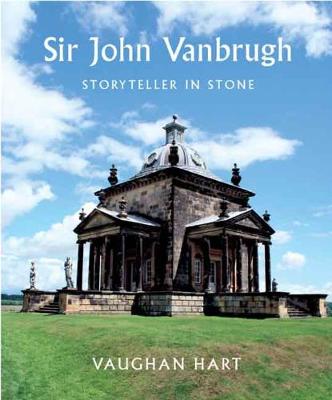Studies in British Art
2 total works
This engaging and beautifully illustrated book looks at the remarkable life and work of Sir John Vanbrugh (1664-1726)-by turns businessman, soldier, playwright, and (despite lacking either training or qualifications) the architect of some of the most important country houses of his era. Architectural historian Vaughan Hart examines Vanbrugh's surviving, destroyed, and unrealized buildings-among them Castle Howard and Blenheim Palace-outlining the contemporary political and social events that influenced their design and showing how these strikingly original buildings can be interpreted through reference to classical mythology, Renaissance fortifications, and medieval houses.
Inigo Jones (1573-1652) is widely acknowledged to have been England's most important architect. As court designer to the Stuart kings James I and Charles I, he is credited with introducing the classical language of architecture to the country. He famously traveled to Italy and studied firsthand the buildings of the Italian masters, particularly admiring those by Andrea Palladio.
Much less well known is the profound influence of native British arts and crafts on Jones's architecture. Likewise, his hostility to the more opulent forms of Italian architecture he saw on his travels has largely gone unnoted. This book examines both of these overlooked issues. Vaughan Hart identifies well-established links between the classical column and the crown prior to Jones, in early Stuart masques, processions, heraldry, paintings, and poems. He goes on to discuss Jones's preference for a "masculine and unaffected" architecture, demonstrating that this plain style was consistent with the Puritan artistic sensitivities of Stuart England. For the first time, the work of Inigo Jones is understood in its national religious and political context.

